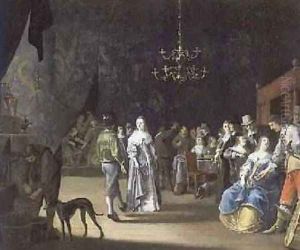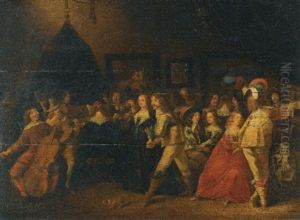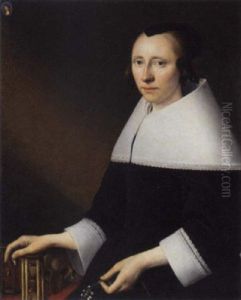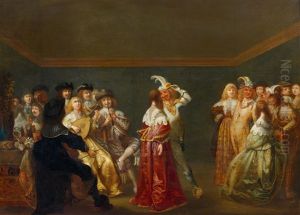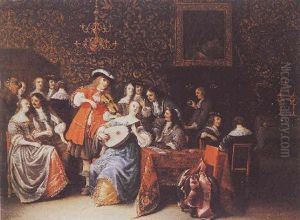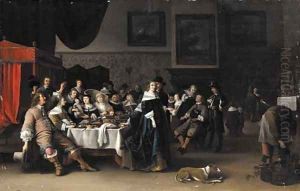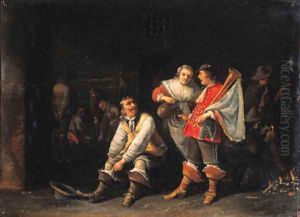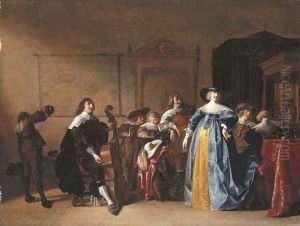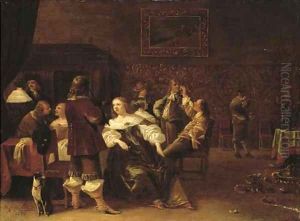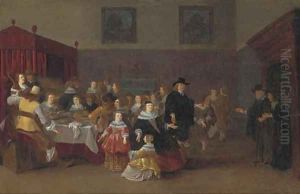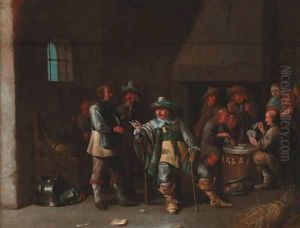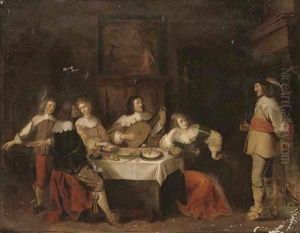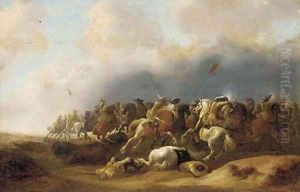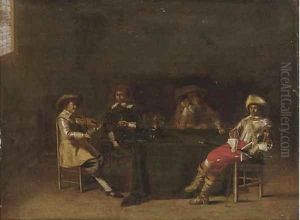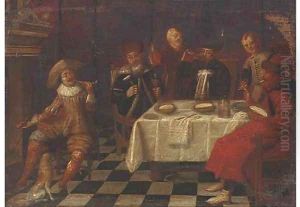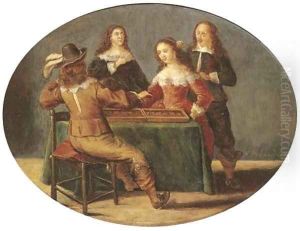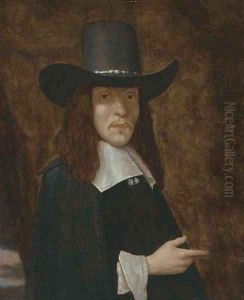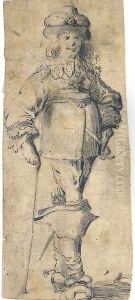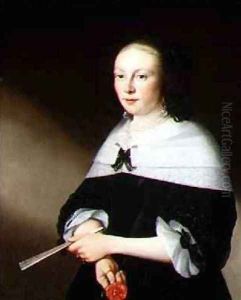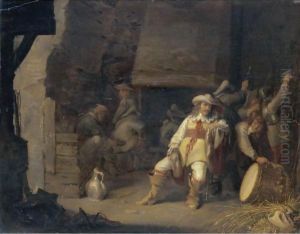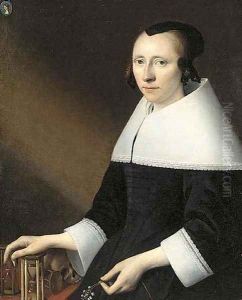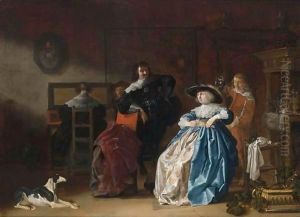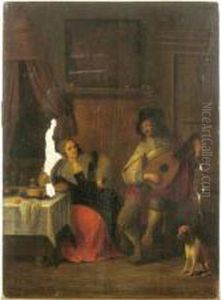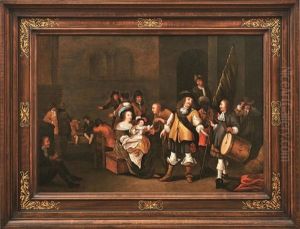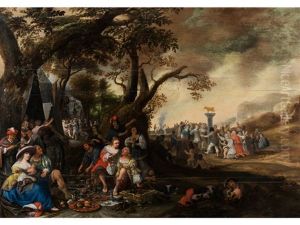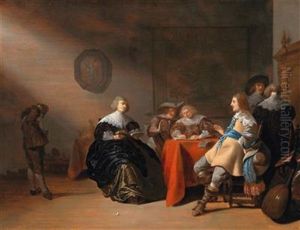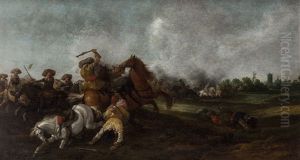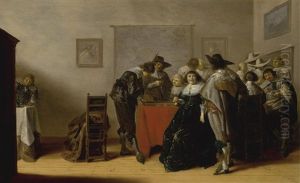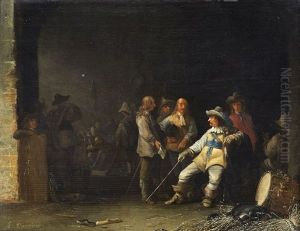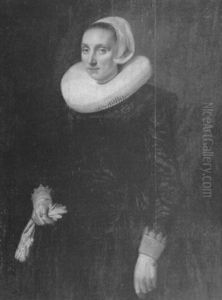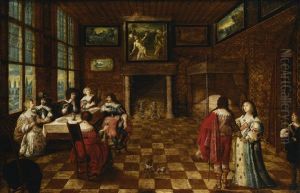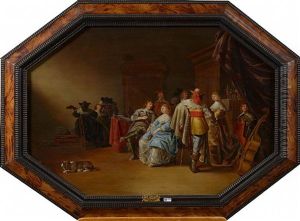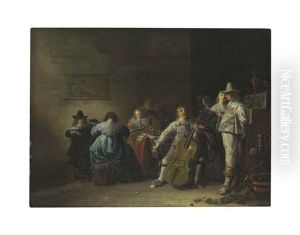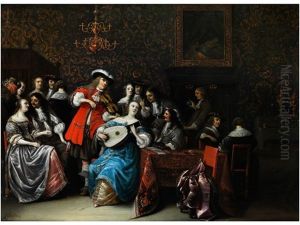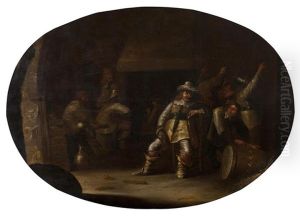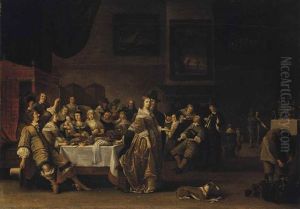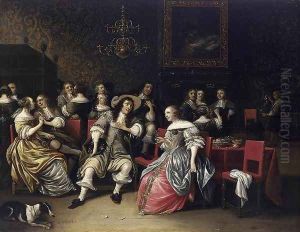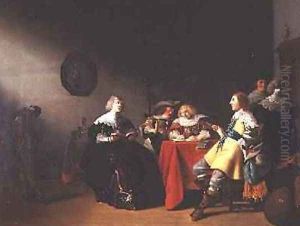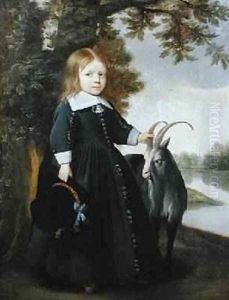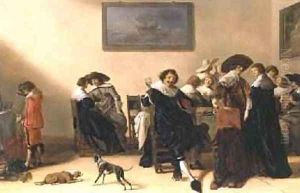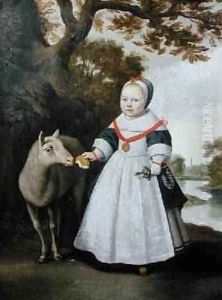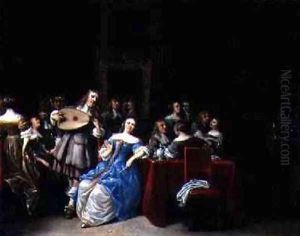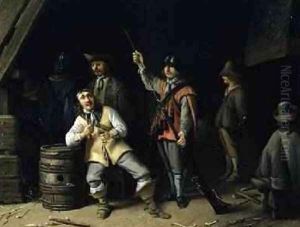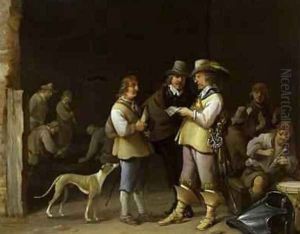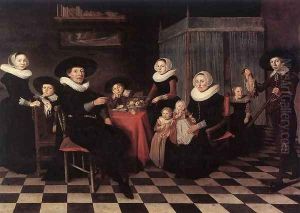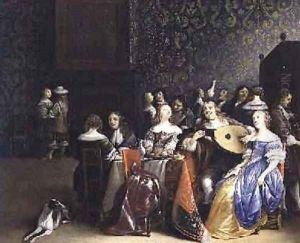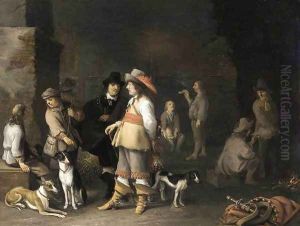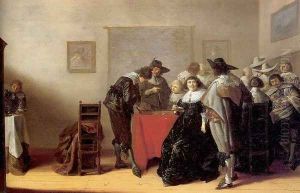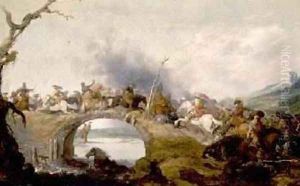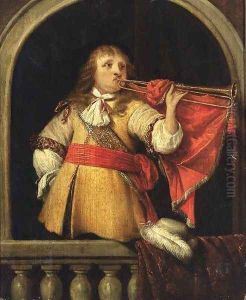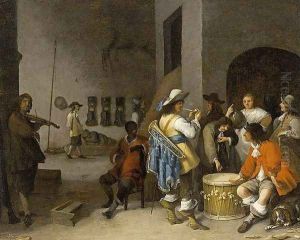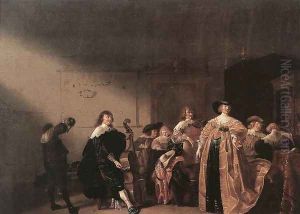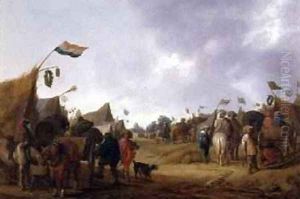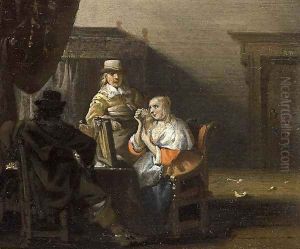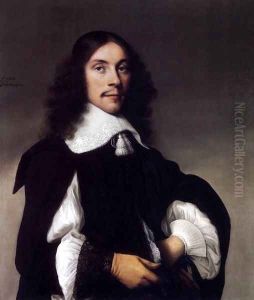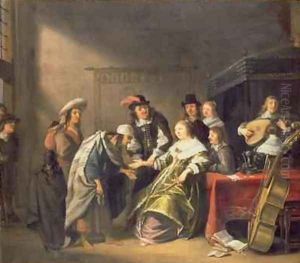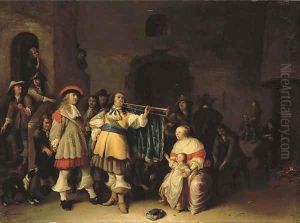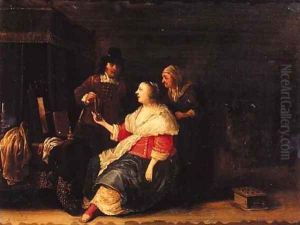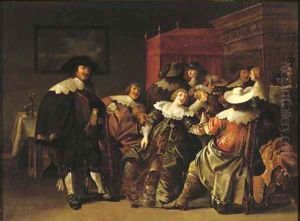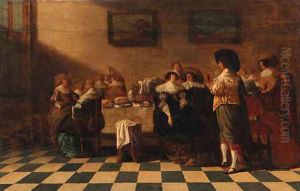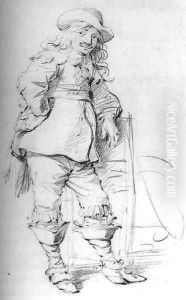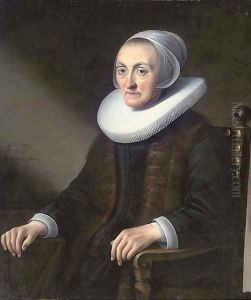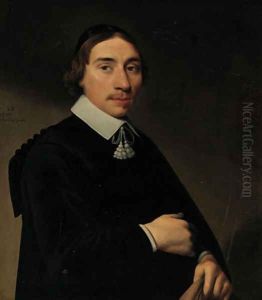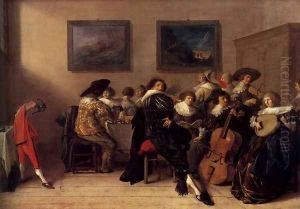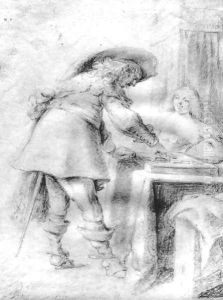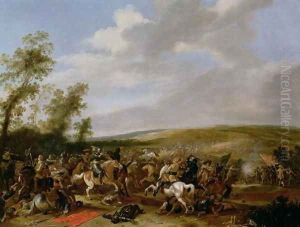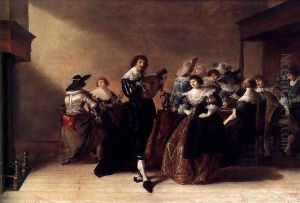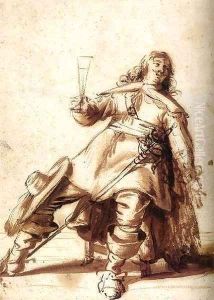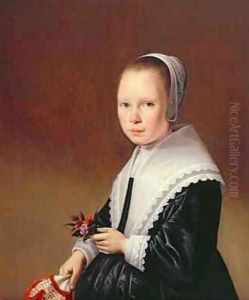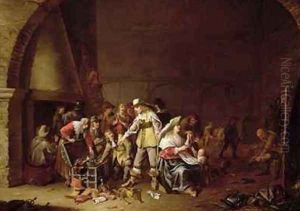Anthonie Palamedesz Paintings
Anthonie Palamedesz, also known as Anthonie Palamedes and Anthonie Palamedesz. Stevers, was a Dutch Golden Age portraitist and genre painter. Born in 1601 in Antwerp, he was part of a family of artists; his father Palamedes Palamedesz was a painter, and his brother Palamedes Palamedesz II was also an artist known for his battle scenes. The family moved to Delft in the Netherlands when Anthonie was young, likely due to the Fall of Antwerp and the ensuing economic decline which compelled many artists to seek new opportunities elsewhere.
In Delft, Anthonie Palamedesz established himself as a successful painter. He became a member of the Guild of St. Luke, a common practice for artists of the time, which gave him the status and connections necessary to thrive in his profession. His work primarily consisted of portraits and genre scenes. The latter often depicted elegant company scenes, musicians, and parties that showcased the lifestyle of the Dutch elite during the 17th century. His style was influenced by the works of Dirck Hals and Frans Hals, noted for their loose brushwork and lively representations of their subjects.
Palamedesz's portraits are known for their attention to detail and the rich clothing of the subjects, indicating their wealth and status. He was skilled at rendering textures and materials, which added a tactile quality to his works. His genre scenes often included a sense of humor and liveliness, capturing the merriment of the occasions he depicted.
He married and had children, and one of his sons, Palamedes Palamedesz III, also became a painter, although he did not achieve the same level of fame as his father. Anthonie Palamedesz's works were well-received and he was quite prolific throughout his career. His paintings are now part of collections in various museums around the world, offering a glimpse into the social life and fashions of the Dutch Golden Age.
Anthonie Palamedesz died in 1673 in Amsterdam. His legacy is that of a skilled portraitist and genre painter who contributed to the rich tapestry of Dutch Golden Age painting. His works continue to be studied and appreciated for their artistic merit and historical significance.
